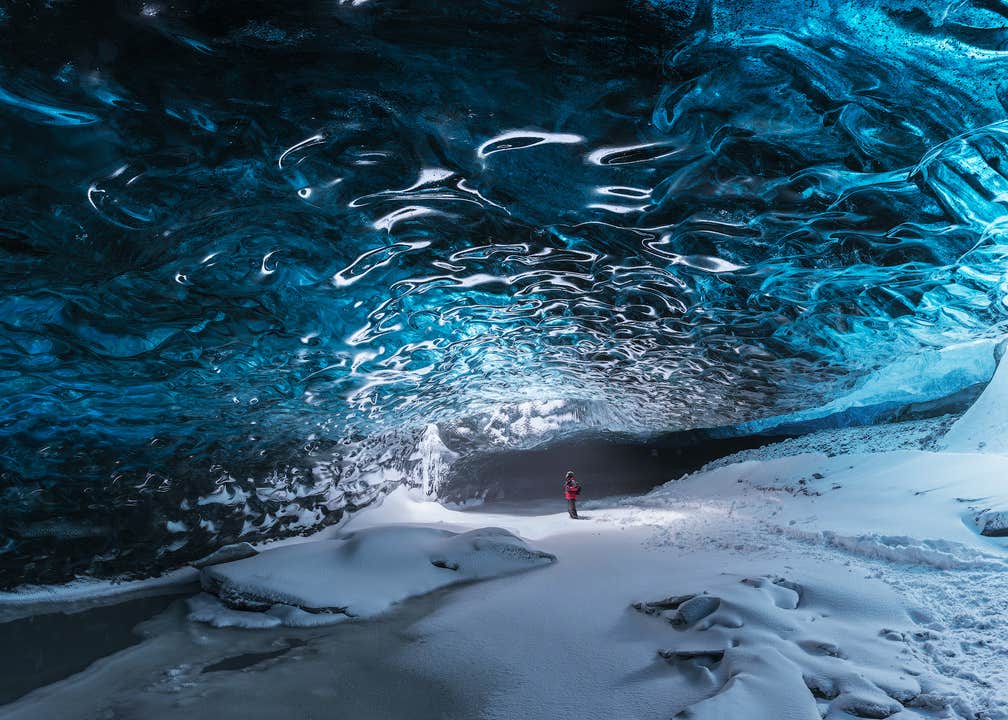Descripción
Resumen
Descripción
Embárcate en una inolvidable excursión guiada de 2 días por la Costa Sur de Islandia, que incluye algunos de los lugares más icónicos e impresionantes del país. Desde las majestuosas cascadas de Seljalandsfoss y Skogafoss hasta las arenas negras volcánicas de la playa de Reynisfjara, este tour te llevará por la famosa Ring Road y se coronará en la joya de la corona de Islandia: la Laguna Glaciar de Jokulsarlon.
Un punto culminante de esta aventura es la oportunidad única de explorar una deslumbrante cueva de hielo azul bajo el Vatnajokull, el glaciar más grande de Europa. Estas maravillas heladas formadas naturalmente son singulares cada año, con formas fascinantes y tonos azules, una experiencia única en la vida. La disponibilidad de cuevas de hielo es limitada, así que no te pierdas la oportunidad de presenciar este extraordinario fenómeno.
Si el cielo está despejado, el atardecer puede incluir un extra mágico y podrás contemplar la danza de las auroras boreales sobre el cielo islandés, lo que añadirá aún más encanto a tu viaje.
La excursión incluye una cómoda noche en el mejor alojamiento disponible, lo que te permitirá estar bien descansado para las aventuras que te aguarden cada día. Con un cómodo servicio de recogida en Reikiavik y guías expertos, disfrutarás de una experiencia inolvidable en uno de los paisajes más alucinantes del mundo.
Este invierno, haz que tu aventura en Islandia sea realmente especial con este tour de 2 días por la Costa Sur, que incluye la icónica Cueva de Cristal de Hielo. Comprueba la disponibilidad ahora al seleccionar tu fecha de viaje.













